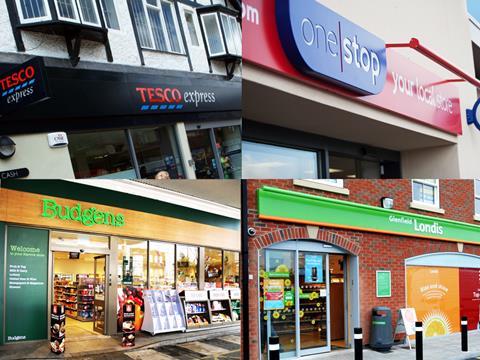
The successful completion of Tesco’s merger with wholesale giant Booker hinges on around 400 stores, which fail the competition authorities’ latest guidance on store takeovers, claims a new report.
With the Competition and Markets Authority (CMA) poised to decide whether to launch an investigation into the deal, exclusive research by Maximise (UK), run by David Haywood - a veteran of the Safeway-Morrisons deal and the Co-op’s acquisition of Somerfield - studied 5,000 Booker locations through extensive store finder checks on the CMA’s competitor listing.
Based on the assumption that the combined 7,300 Tesco, One Stop, Londis, Premier and Budgens stores will be viewed as one fascia post merger, Maximise found strong grounds for the CMA to order Tesco to sell off hundreds of stores.
However, the extent of the likely sell-off is revealed to be nowhere near as great as reported in the national press at the weekend and Maximise predicts that the competition issues are unlikely to be a “dealbreaker”.
| Most Under Threat Locations - By Region | |
|---|---|
| Region | Count |
| East Anglia | 24 |
| East Midlands | 17 |
| North | 12 |
| North West | 14 |
| South East | 55 |
| South West | 27 |
| West Midlands | 13 |
| Yorkshire and Humberside | 21 |
| Wales | 42 |
| Scotland | 21 |
| Most under threat | 246 |
Last month, just days after Tesco and Booker announced their shock £3.9bn merger plans, the CMA published clearance for the acquisition by Martin McColl of 298 grocery stores from the Co-operative Group.
Significantly, the authority sets out in the clearance the grounds for what it considers to be a threat to competition, based on where a fascia count would decrease from four to three fascias, three to two fascias or two to one fascia as a result of a merger.
In what it described as a “conservative approach” it says that stores within a one-mile radius or within a five-minute drive time of each other fall under this net.
The research by Maximise found that 413 of the Tesco/Booker stores in question were a threat to competition based on the one-mile radius criteria, while 408 were within a five-minute drive-time boundary.
However, 246 stores failed both tests, which it believes leaves them most vulnerable to action by the CMA.
“I would be amazed if the CMA doesn’t launch an investigation into the merger and I think the latest ruling on the McColl’s case could be very significant as it’s likely to be used by the CMA in its consideration of the Tesco plans,” said Hayward, whose database covers more than 40,000 multiple and symbol group locations.
“Our research shows that under the two grounds it specifies there are approximately 400 locations that initially fail the fascia count process. This will not be a dealbreaker but with 246 sites failing both tests I believe these are by far the most vulnerable in terms of having to be sold off and the CMA will be trying to establish the merits of what can be kept or sold to competitors.
“Tesco, we know, has done months of preparations for this. It has the biggest resource of any retailer out there and would have planned for the worst case scenarios.
“I’m pretty sure Tesco will have to sell stores but the number is very different from what has been reported.”
Tesco boss Dave Lewis and Booker chief Charles Wilson claim to have been advised by their legal teams that the deal does not flout competition rules.
“We’re not acquiring more stores. We’re very confident that when the competition authorities have considered the deal they will come to the same conclusion as we did in our due diligence - that there isn’t an issue,” said Lewis.
However, last weekend The Times claimed that Tesco could be forced to dispose of more than 600 stores unless it can convince regulators that its £3.9bn merger would not harm competition.
The newspaper found there are 635 Tesco stores situated less than 500 metres from a shop in Booker’s network.




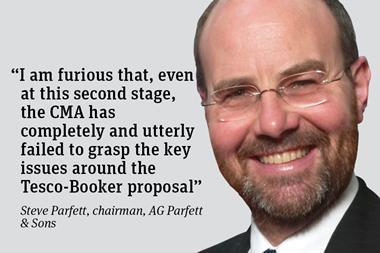
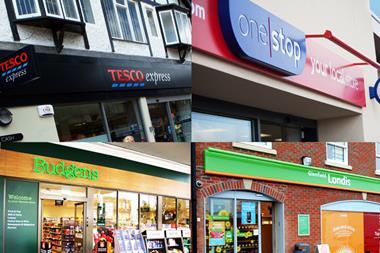
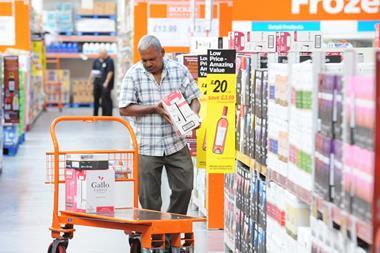

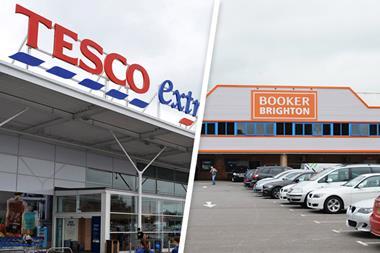

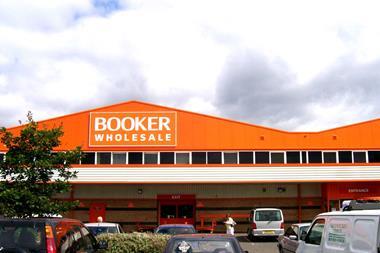
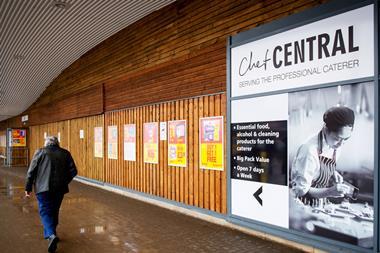


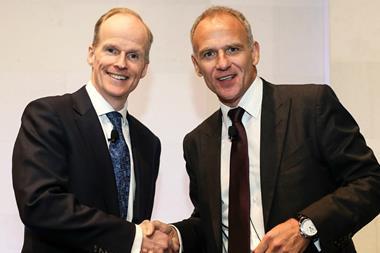
No comments yet